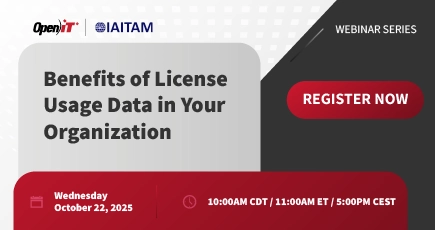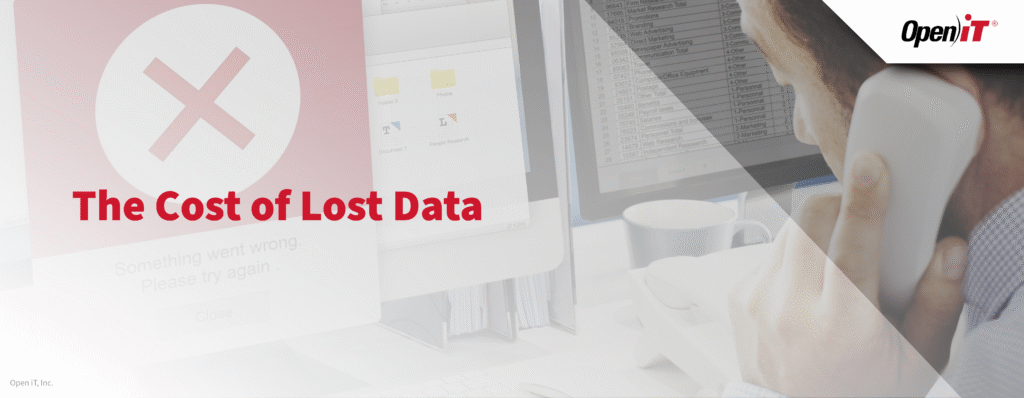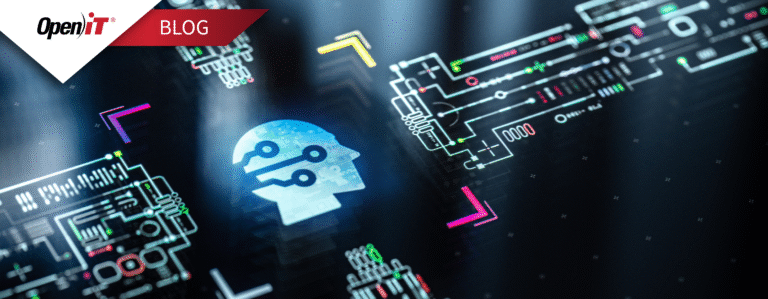In software license management, data migration is not just a technical requirement. It is a strategic safeguard for business continuity. For organizations navigating complex software asset management ecosystems, the continuity of license usage data is the continuity of business itself.
In the modern enterprise, software license data is more than a compliance record—it is institutional knowledge. It captures the evolution of engineering workflows, the allocation of technical talent, and the pace of innovation itself. Yet when organizations transition to new software asset management (SAM) platforms, this knowledge is often at risk.
System migrations, though necessary, can unintentionally sever access to years of historical license usage data. When that happens, organizations lose not just information, but insights and trends that inform future investments, patterns that reveal inefficiencies, and evidence that substantiates compliance. In an era defined by data-driven decision-making, such losses can compromise more than operational visibility; they can threaten business continuity.
DEMO: Don’t Let Critical License Data Get Lost in Migration!
Software License History: Foundational to Business Continuity
In the modern enterprise, software license history is more than a compliance record. It is institutional knowledge. It captures the evolution of engineering workflows, resource allocation, and the pace of innovation. Yet during data migration, this knowledge is often at risk.
Transitioning to a new software asset management (SAM) platform can unintentionally sever access to years of historical license data. When this occurs, organizations lose insights and trends that guide future investments, identify inefficiencies, and substantiate license compliance. In an era of data-driven decision making, such losses compromise not only visibility but also operational resilience.
When preserved through a well structured data migration process, historical license data becomes a long term strategic asset. It enables enterprises to:
- Forecast software demand with greater precision;
- Validate license compliance using a continuous audit trail;
- Quantify return on investment through multi-year license optimization analyses;
Without this continuity, organizations must rebuild institutional understanding every time their SAM systems evolve. This results in fragmented data, inconsistent reporting, and decisions based on assumption rather than evidence.
Want to see how organizations extract value from historical license-usage data? Join our free webinar ‘Benefits of License Usage Data in Your Organization’ on October 22, 2025. Here’s your invitation.

Open iT | IAITAM
Benefits of License Usage Data in Your Organization
Open iT: Preserving the Past, Powering the Future
Open iT, a leader in software license management, has extensive experience in large scale data migration and legacy systems migration. A global industrial enterprise operating in more than 100 countries recently partnered with Open iT to modernize its software asset management infrastructure. The challenge was to preserve more than four years of license usage data from over 30 engineering software vendors while integrating with a new SAM platform.
Through a carefully orchestrated data migration process, Open iT unified historical and live usage data within a single, coherent reporting framework. Advanced normalization, reconciliation of discrepancies, and meticulous validation ensured complete data integrity throughout the transition.
The result was more than technical success. It was a strategic milestone. The enterprise now bases decisions on an uninterrupted record of software license history, enabling precise forecasting, confident audits, and proactive license optimization.
The Cost of Lost Data

When a legacy SAM system is decommissioned without proper data migration, years of license usage data can become inaccessible. Licensing ecosystems are inherently complex, involving multiple vendors with unique usage metrics, license types, and data formats. Floating, token based, or user locked licenses record usage differently, and these inconsistencies make consolidation challenging.
Without expert management, valuable records may be lost or rendered incompatible. The long-term consequences are substantial:
- The inability to track previous optimization efforts;
- Gaps in software license history and compliance validation;
- A weakened foundation for forecasting and strategic planning.
Incomplete data migration does not just disrupt operations. It erodes the analytical base on which sound business decisions are built.
A Disciplined Data Migration Process for Lasting Integrity
Successful data migration demands more than technical execution. It requires a structured and methodical approach. A robust transition strategy must achieve three critical goals.
1. Preserve Data Integrity
Legacy data must be reconciled and normalized to ensure consistency across systems and vendors. This involves harmonizing metrics, standardizing time intervals, and validating accuracy throughout the migration.
2. Align Licensing Models
Floating, token based, and feature based licenses interpret usage differently. Aligning these within a unified analytical model prevents misinterpretation and inaccurate license optimization decisions.
3. Sustain Reporting Continuity
Historical and current data must coexist within one reporting environment to maintain visibility and enable multi year analysis throughout and after legacy systems migration.
This structured data migration process transforms a potential risk into a strategic opportunity that reinforces long term reliability and analytical confidence.
Data Migration as a Business Continuity Strategy
Business continuity is often associated with backup systems or disaster recovery, but in the context of software asset management, it extends to the preservation of historical license data. License usage data connects financial, operational, and engineering insights, serving as a bridge between resource utilization and organizational outcomes.
By treating data migration as a continuity discipline, enterprises ensure that modernization enhances rather than resets their operational intelligence.
Building a Foundation for the Future with Open iT
Open iT’s proven expertise in data migration and legacy systems migration demonstrates that modernization can be achieved without sacrificing data integrity or historical license data. By viewing past usage information as a strategic resource, organizations can strengthen compliance, improve cost efficiency, and enable continuous license optimization.
Preserving the past is not nostalgia. It is strategy. The knowledge embedded in software license history empowers future innovation and resilience.
Connect with Open iT today to ensure your data migration journey protects your most valuable digital asset—your history of insight—and positions your organization for sustained business continuity and smarter software decisions.
See How Open iT Ensures Seamless, Secure Transitions. Schedule Your Data Migration Demo Today!






